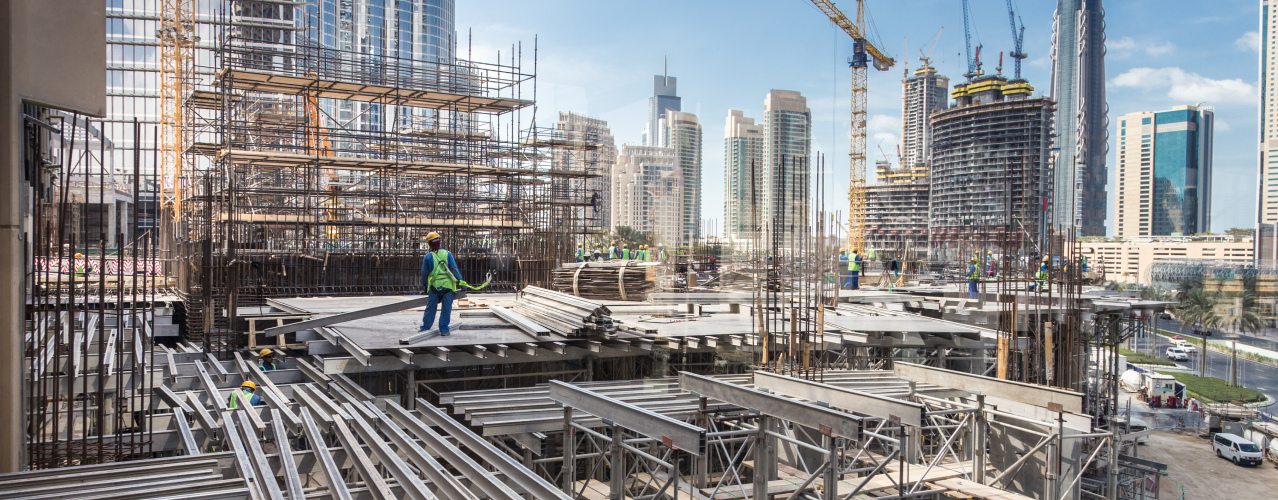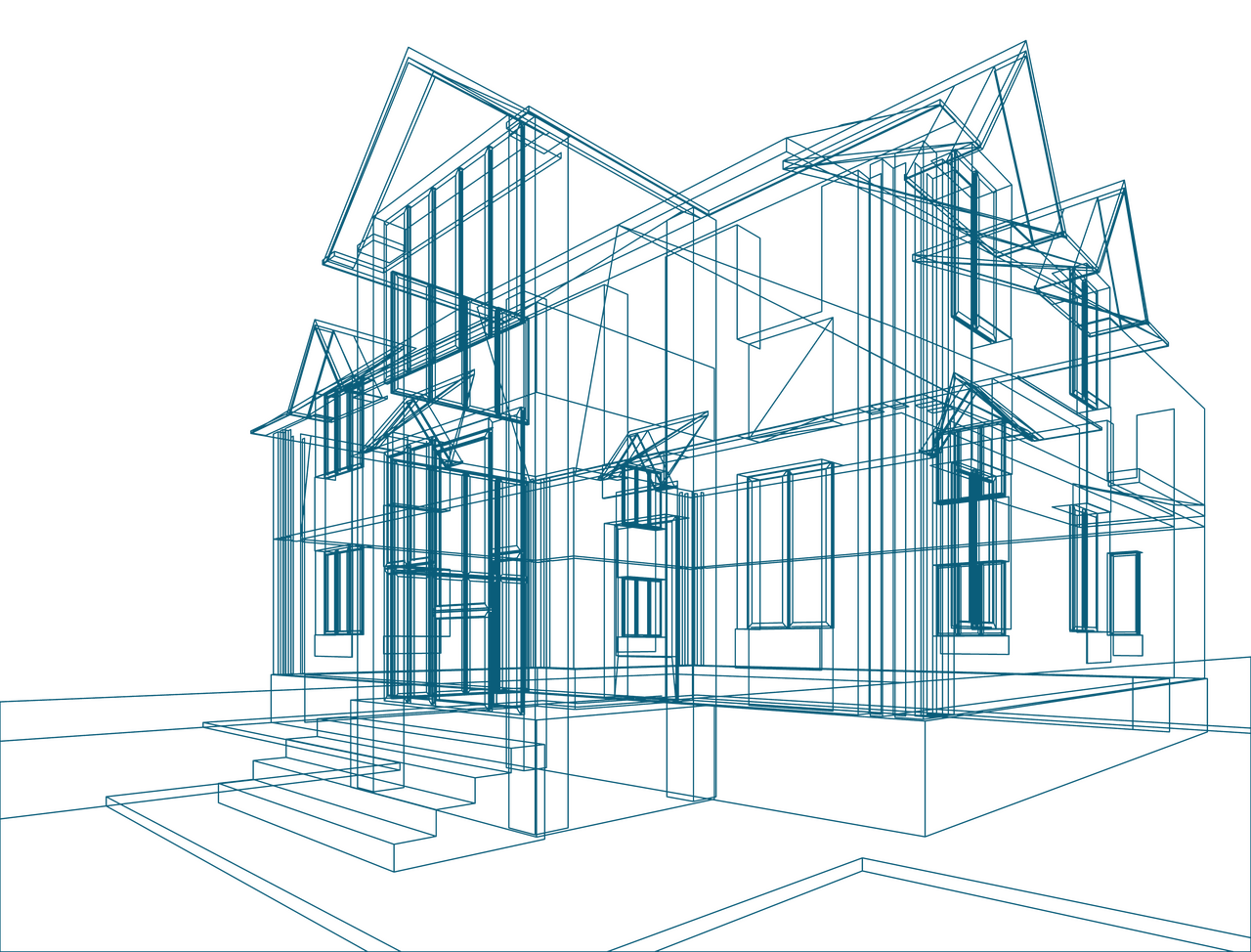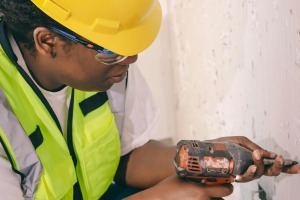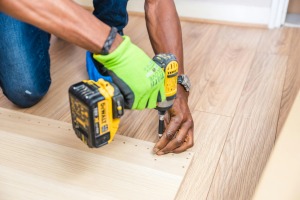

Market report
Prefab usage among architects
Get detailed market reports specifically tailored for the European architectural industry from USP Marketing Consultancy. Stay informed on trends, insights, and analysis to make informed decisions as an architect.
News I published 25 October 2021 I Dirk Hoogenboom
European architects expect increased prefab usage
Prefab is inherently linked to major trends in the construction industry. Prefabricated elements are used to answer the demand for faster and more efficient construction, and to combat labour shortages. It is also linked to BIM usage, which facilitates using more complex prefabricated elements. That is why we constantly monitor prefab in all its forms, and we have seen prefab usage grow steadily over the past decade or so.
As a recurrent theme, Prefab is the focus of the Q3 2021 report of USP Marketing Consultancy’s European Architectural Barometer. We asked Architects from eight European countries about their experience with, usage of and attitude towards prefabrication in their projects, to provide you with an update of prefab in the European construction market.
The average share of prefab projects has not grown for two years
The above image shows that the share of European architects’ projects in which some form of prefabrication or off-site construction is used has remained at 28%, the same share as our last measurement in Q3 2019. We can speculate about the reasons for this apparent stagnation. The pandemic may have been of influence, as it caused a lot of uncertainty. That may have led people and companies to stick to what they know and not invest in large changes like we saw in the development of BIM usage.
Let us not forget, however, that the above shows European averages. When zooming in on specific countries, shares of projects in which prefab was used changed quite a lot. The share of prefab projects has declined a bit in the UK, Germany and Spain. That share says little about the forms of prefab used in projects, however. While the share of prefab projects has declined, the amounts and type of prefab used in those projects might have intensified and grown more complex.
At the same time, the share of projects in which some form of prefab was used increased in some of the other countries. Especially in the Netherlands, where the share grew from 48% in Q3 2019 to a whopping 60% in Q3 2021. In a way, that is not surprising, since the Dutch construction market is plagued by increasing labour shortages and is facing an ever-growing demand due to housing shortages. Prefab offers solutions for both, and Dutch architects expect the use of prefabricated elements to keep growing in the coming years.
Growth of prefab usage is expected especially where new-build projects dominate
The above figure also shows that European architects expect their share of projects in which prefab is used to grow in the coming years. Again, there will be differences per country. Aside from in the Netherlands, major growth of prefab projects is expected in Poland. That is hardly surprising, given that prefab is more often used in new-build projects, and the Polish market is characterised by large shares of new-build projects compared to other countries.
So new-build project shares are of influence but are not the only factor. As mentioned, pressing labour shortages also play a major role in the Netherlands, and local culture of terrace houses makes that country an excellent breeding ground for prefabricated elements in construction. For a detailed overview of local conditions and prefab usage in all of the eight major European markets researched, we refer you to the Q3 2021 report of the USP Marketing Consultancy’s European Architectural Barometer.






